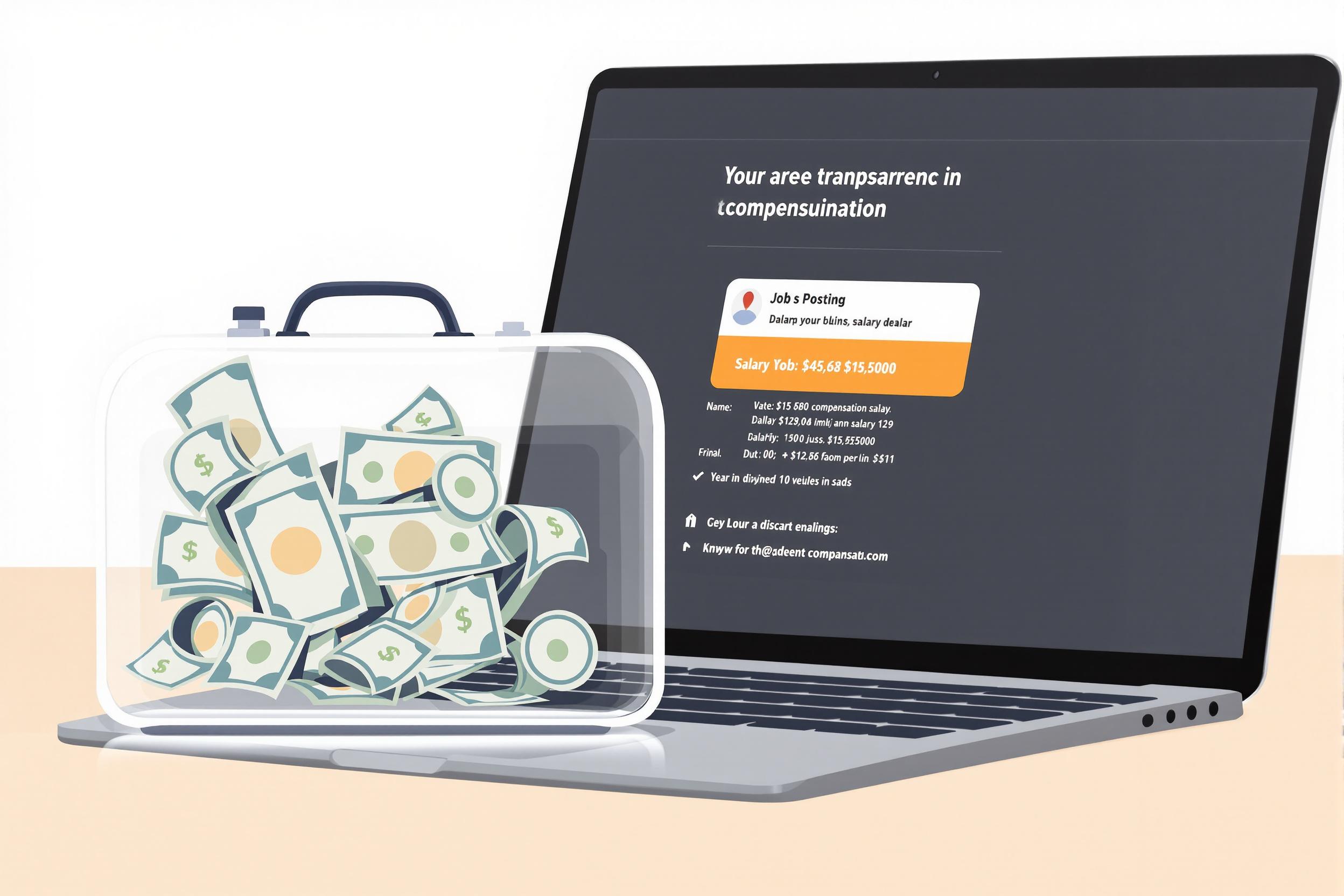
Payment Fraud
Payment fraud refers to the process of detecting and preventing dishonest financial transactions in online stores. It's like having a security guard for a physical store, but for websites that sell products. When people use stolen credit cards or try other dishonest methods to make purchases, payment fraud specialists work to stop these activities. They use various tools to check if a purchase looks suspicious, similar to how a bank might flag unusual credit card activity. This role has become increasingly important as more businesses sell online and need to protect their income from fraudulent transactions.
Examples in Resumes
Reduced Payment Fraud losses by 60% through implementing new verification systems
Led Payment Fraud detection team for major e-commerce platform
Developed Payment Fraud prevention strategies that saved the company $2M annually
Managed Fraud Prevention systems for international payment processing
Created automated Fraud Detection protocols for high-risk transactions
Typical job title: "Payment Fraud Analysts"
Also try searching for:
Where to Find Payment Fraud Analysts
Professional Networks
Industry Resources
Example Interview Questions
Senior Level Questions
Q: How would you build a fraud prevention strategy for a growing e-commerce business?
Expected Answer: Should discuss creating multiple layers of security, including customer verification, transaction monitoring, setting risk rules, and building a team to review suspicious orders. Should mention importance of balancing fraud prevention with customer experience.
Q: How do you handle false positives in fraud detection?
Expected Answer: Should explain the balance between strict security and good customer service, methods to verify legitimate customers, and how to adjust fraud rules to minimize blocking real sales while still catching actual fraud.
Mid Level Questions
Q: What are common indicators of fraudulent transactions?
Expected Answer: Should mention mismatches between shipping and billing addresses, unusual order patterns, multiple failed payment attempts, and orders from high-risk countries or using suspicious email addresses.
Q: How do you stay updated with new fraud trends?
Expected Answer: Should discuss following industry news, participating in fraud prevention forums, analyzing internal fraud data, and networking with other fraud prevention professionals.
Junior Level Questions
Q: What basic steps would you take to verify a suspicious order?
Expected Answer: Should mention checking the order details, verifying the customer's contact information, comparing shipping and billing addresses, and looking for any obvious red flags in the transaction.
Q: How would you handle a customer whose order was declined due to suspected fraud?
Expected Answer: Should discuss professional communication, explaining the situation without revealing security details, and providing alternative payment options when appropriate.
Experience Level Indicators
Junior (0-2 years)
- Basic fraud indicators recognition
- Customer service communication
- Using fraud detection tools
- Understanding payment processes
Mid (2-5 years)
- Advanced fraud pattern analysis
- Risk rule creation and management
- Payment gateway experience
- Fraud investigation techniques
Senior (5+ years)
- Fraud prevention strategy development
- Team management and training
- Risk assessment and modeling
- Fraud prevention system implementation
Red Flags to Watch For
- No knowledge of basic payment processing systems
- Lack of attention to detail
- Poor analytical skills
- No experience with customer service
- Unable to explain risk assessment basics




